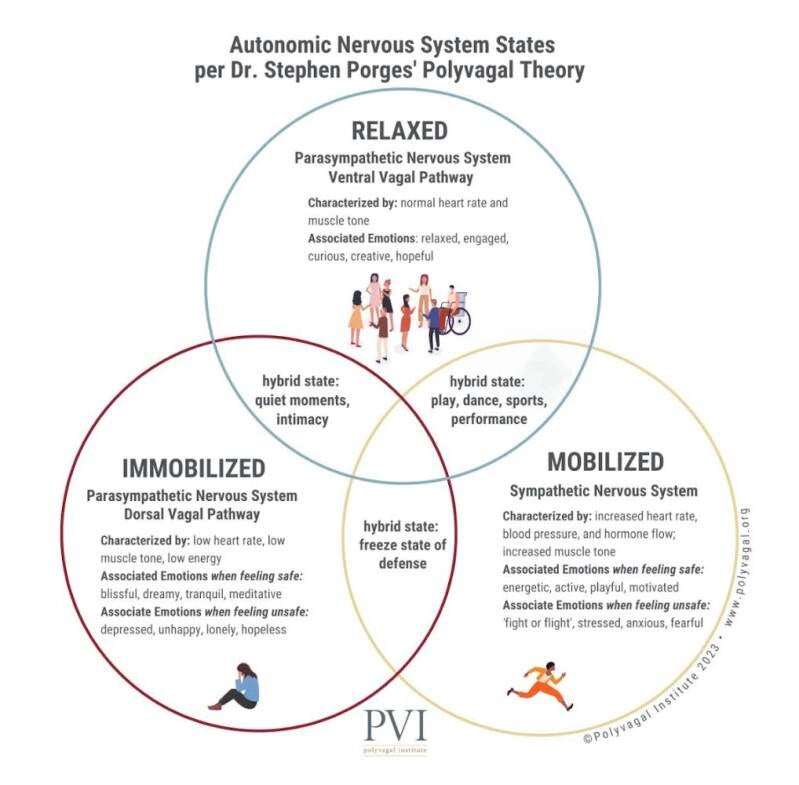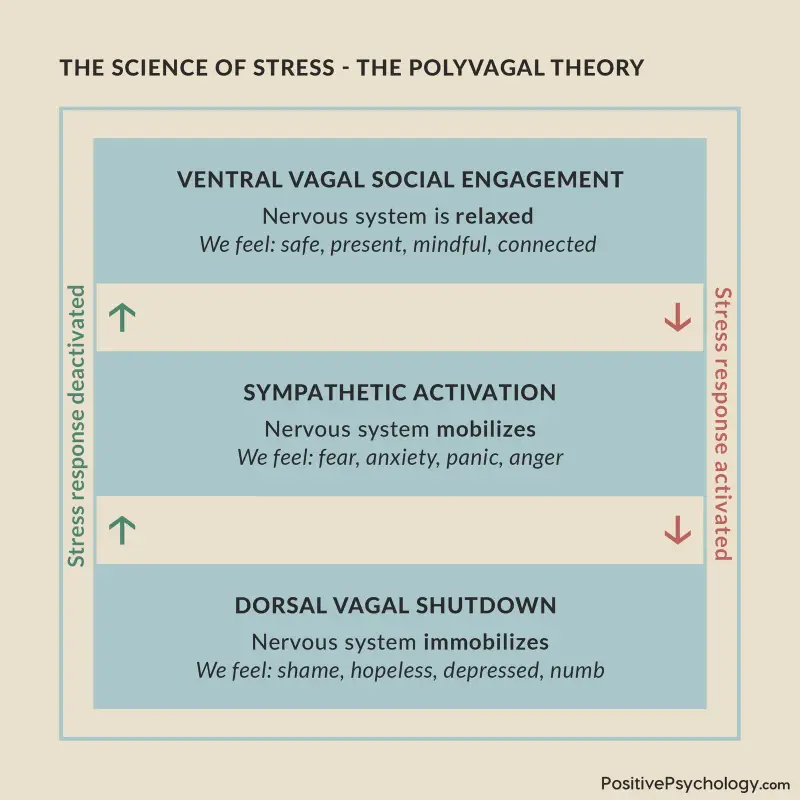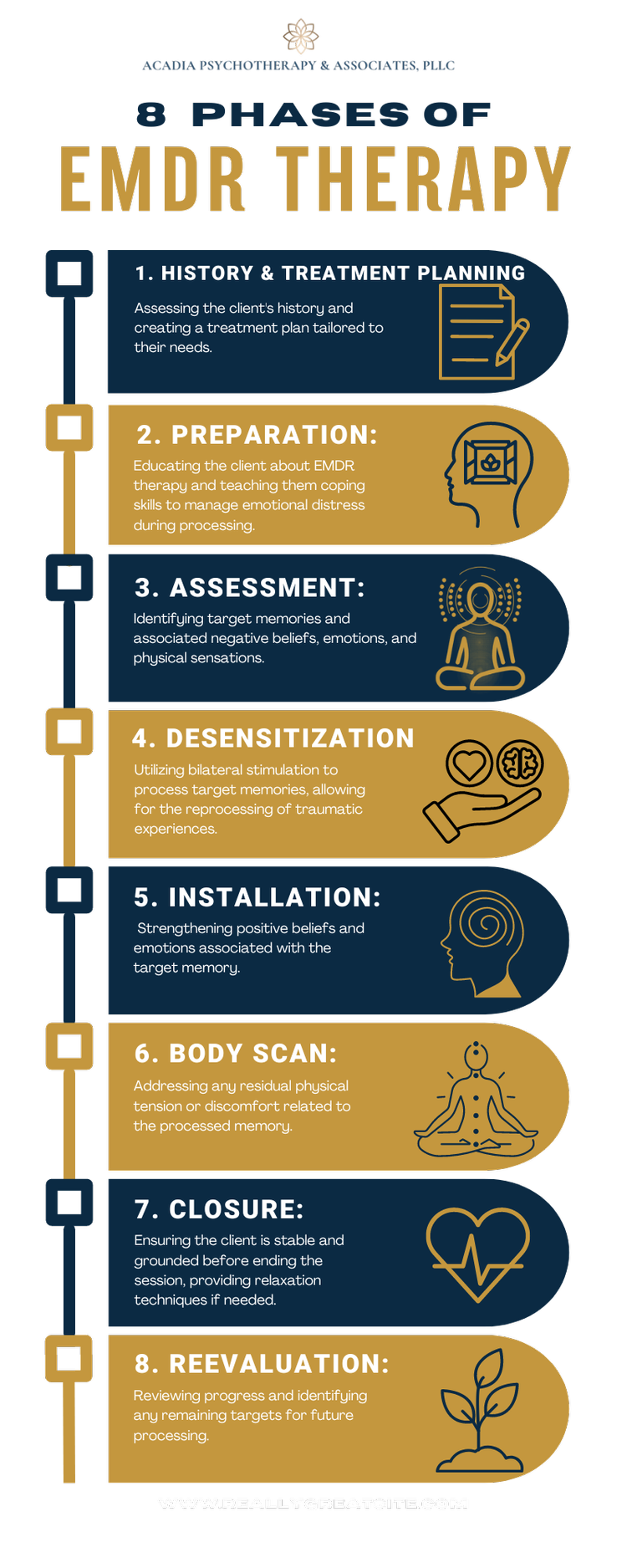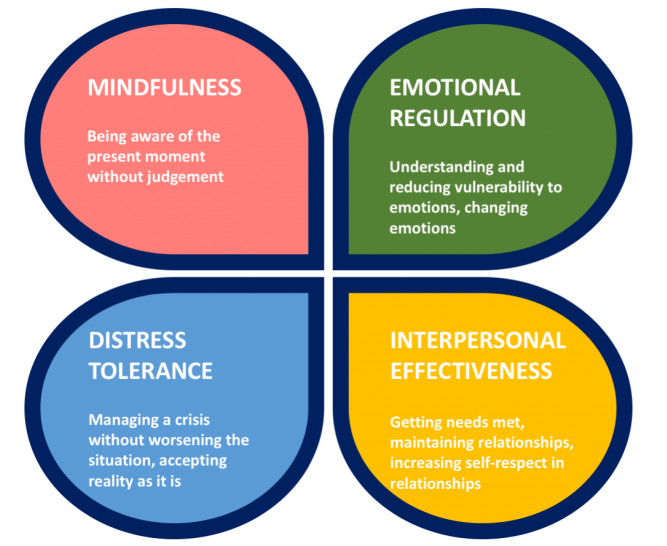About me
I believe in the therapy process; in discovering new ways to regulate our nervous system, in exploring and repairing our stuck patterns ~ And especially in the transforming power of attending to our feelings, thoughts, actions and values from a place of compassionate curiosity!
This work requires courage and vulnerability. When we can be open, honest and kind to ourselves, hope abounds and we have unlimited access to our internal resourcing, influencing the rest of our days and impacting the world around us.
I am grateful for the opportunity to work in a vibrant community nestled in the Comox Valley, surrounded by natural beauty and awe-inspiring vistas. I seek to live, play and process this beautiful life in the good company of enquiring companions, preferably outside as much as possible, with integrity, curiosity, compassion and a shared sense of community.


My approach
I utilize a variety of evidence-based therapeutic approaches, including Emotion Focused Therapy (EFT), Dialectical Behavioral Therapy (DBT), Internal Family Systems (IFS), and/or Eye Movement Desensitization and Reprocessing (EMDR), within a Polyvagal-informed lens to address your specific treatment goals, which we will discuss and plan together accordingly.
The human body has an inherent capacity to communicate its needs: to inform, cry out, adapt, combat, numb and/or restore itself. What might our emotional distress, physical symptoms or ingrained habits be showing us? What if we listened closely to what our body is currently expressing? What if we took the time to really hear and then feel into our innate wisdom, to address pain, to courageously cultivate new ways of being and continually nourish that growth?
What to expect
Our time together will be framed and held within a polyvagal-informed (think of the benefits of accessing that “safe enough” awareness in your body), mindful, and in-the-moment approach, while also holding a compassionate understanding of how our attachment experiences and connections with others profoundly affect us. Therapy starts with recognition of our circumstances, often reflecting on the past ~ context which informs and offers up challenging thoughts, beliefs and feelings to interact with presently, transforming our current and future selves.
Once you have created your profile in the Jane App (link provided) and filled out the online intake and consent forms, you can find a time that works for your schedule and book your first intake appointment (90 minutes for adults). Our next step is to "have a session", to consider what it is You would like to accomplish in our work together ~ are you seeking therapy with a particular goal in mind? What are some outcomes you would like to see/experience? What kind of schedule are you thinking (weekly, bi weekly, monthly)?
The hardest part is actually making an appointment, all you have to do now is show up, you can do this!

Need some more information?
What is Polyvagal Theory?
What is PVT?
Polyvagal theory, developed by Dr Stephen Porges, explains how our nervous system uses the vagus nerve to create 3 different states: safe/connected (ventral vagus), mobilized/threatened (sympathetic fight or flight), and immobilized/defenseless (dorsal vagal freeze).
It describes how our brain automatically scans for safety or danger (neuroception) and triggers physical responses that affect our emotions, behaviors, and ability to connect with others.
Feeling safe (enough) allows for healing, social connection and problem-solving, while being stuck in a defensive state, especially after trauma, can make it hard to feel safe, regulate emotions or trust others.


What is Emotion-Focused Therapy?
What is EFT?
Dr Sue Johnson's EFT helps people, particularly couples, build secure emotional bonds by identifying and transforming negative interaction patterns that stem from unmet needs for closeness.
EFT uses attachment theory to show how emotions organize relationships, helping clients express vulnerable needs to foster connection, resolve distress and create lasting positive emotional change within themselves and their relationships.


What is Eye Movement Desensitization and Reprocessing?
What is EMDR?
EMDR is a structured therapy that uses bilateral stimulation, most often eye movements, while focussing on a traumatic memory to help the brain "reprocess" and reduce the emotional impact.
The goal is to move distressing memories from being stuck in the past to being integrated into the brain's normal memory network, allowing people to live without the overwhelming emotional charge of those events.
1. Briefly focus on a distressing memory with a trained therapist.
2. While focusing on the memory, you will follow a therapist finger with your eyes (bilateral stimulation) or have tapping on your hands, knees or shoulders.
3. The movements help to desensitize you to the memory, reducing the intensity of the emotions and physical sensations associated with it.
4. Over time, this process helps your brain to reprocess the memory, integrating it in a more adaptive way. The memory remains, but its power to cause distress is significantly reduced.
The Adaptive Information Processing (AIP) model of EMDR explains that the brain has a natural ability to process memories, like the body healing from an injury. However, a traumatic or overwhelming experience can get "stuck", leaving the memory unprocessed and linked to distressing emotions, thoughts and physical sensations.
We use the AIP model to target these stuck memories, facilitating their processing and integration into a more adaptive, healthy memory network, allowing the client to move forward without the past trauma negatively influencing their present life.
EMDR is used to treat trauma and PTSD, anxiety, depression and chronic pain. It is an evidence-based effective treatment method. It can produce positive results relatively quickly compared to other modalities.

What is Internal Family Systems?
What is IFS?
IFS was developed by Dr Richard Schwartz. This theory teaches that the mind is a system of various "parts", and our goal is to understand and heal these parts, rather than treating the whole person as a single, flawed entity. By connecting with a compassionate inner "Self", IFS helps you foster harmony and cooperation among your protective parts and exiled wounded parts, allowing your Self to lead the internal system and promote healing.

What is Dialectical Behavior Therapy?
What is DBT?
DBT is a type of evidence-based psychotherapy that teaches people skills to manage intense emotions, improve relationships, and reduce self-destructive behaviors.
Developed by Dr Marsha Linehan, DBT is built on the "dialectical" principle, finding balance between acceptance of who you are and the reality of your situation, and the need for positive change.
The therapy focuses on four mail skills: mindfulness, emotional regulation, distress tolerance, and interpersonal effectiveness.

More interesting stuff
Recommendations
Sarah Blondin, author of Heart Minded. You can find stories and meditations on YouTube, Substack @sarahblondin or Spotify.
Jud Brewer, neuroscientist, psychiatrist and professor. You can find teaching and meditations on YouTube, Substack @judbrewer or Spotify.
Martha Beck, author, life coach, sociologist. Author of Beyond Anxiety: Curiosity, Creativity and Finding Your Life's Purpose. You can find her work on Substack @marthabeck.
Dick Schwartz, academic, creator of IFS and author of No Bad Parts: Healing Trauma and Restoring Wholeness with the Internal Family Systems Model.
Tammy Sollenberger, IFS therapist, podcaster and author of The One Inside:30 Days to Your Authentic Self.
Deb Dana, clinician and creator of Rhythm of Regulation, author of Anchored: How to Befriend your Nervous System.
Ula, a curious person, photographer, creator, reader and vlogger. Her Substack @avibrantmind review's Julia Cameron's classic book and 12 week guided program The Artist's Way: A Spiritual Path to Higher Creativity. Ula's reflective writings will support you thru the program in her weekly posts, sharing her experiences and encouraging you along the way.
